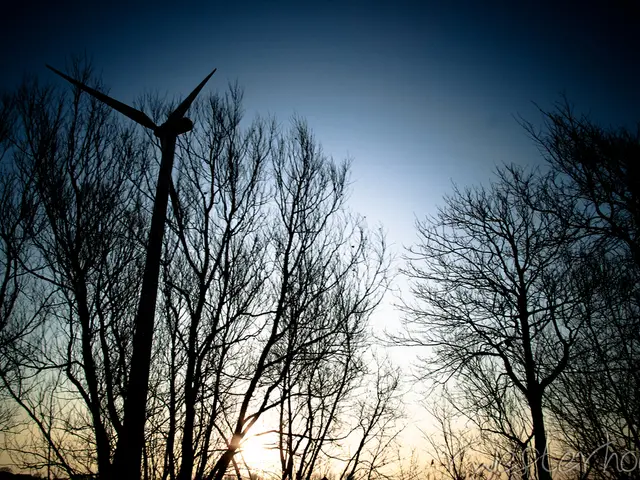Germany's Christmas tree imports have seen a significant decrease in recent years, with just 1.8 million trees imported in 2022, a 24.5% drop from the previous year. Comparing this to 2014, when imports reached their highest level in the past decade, the decrease is an alarming 37.1%. The Federal Statistical Office hasn't provided reasons for this decline, with Denmark being the primary source of these imports at 83.3%.
This drop in Christmas tree imports might impact retail trade during the festive season in Germany. Despite the drop, Germany still relies on foreign trade for a significant portion of its Christmas trees. The forestry sector might need to consider expanding operations or exploring alternative tree species for meeting the demand. On the bright side, the decrease in imports could potentially stimulate the local agrarian sector to plant more fir trees for the Christmas market.
Delving Deeper:
Local regulations and forestry practices play a significant role in the decrease in Christmas tree imports. Concerns about deforestation led to local regulations limiting tree cutting in certain areas and families having just one tree each. The European Union's deforestation regulation (EUDR) emphasizes deforestation-free products, influencing consumer behavior and preferences.
The scarcity of real trees eventually led to the development of artificial alternatives like German Feather Christmas Trees. Filled with goose feathers, wire, and twigs, these trees provided a sustainable, needle-free option that has seen a resurgence due to nostalgia and cultural significance.
The decrease in real Christmas tree imports has implications for retail trade, the forestry sector, and the local agrarian sector. Retailers could shift their focus to artificial trees or promoting sustainable and locally sourced real trees. Forestry companies must comply with regulations like the EUDR to maintain the required standards. Farmers might explore alternative, sustainable crops for a diversified income stream. All parties could work towards more sustainable forestry practices for the benefit of ecosystem health and biodiversity.








